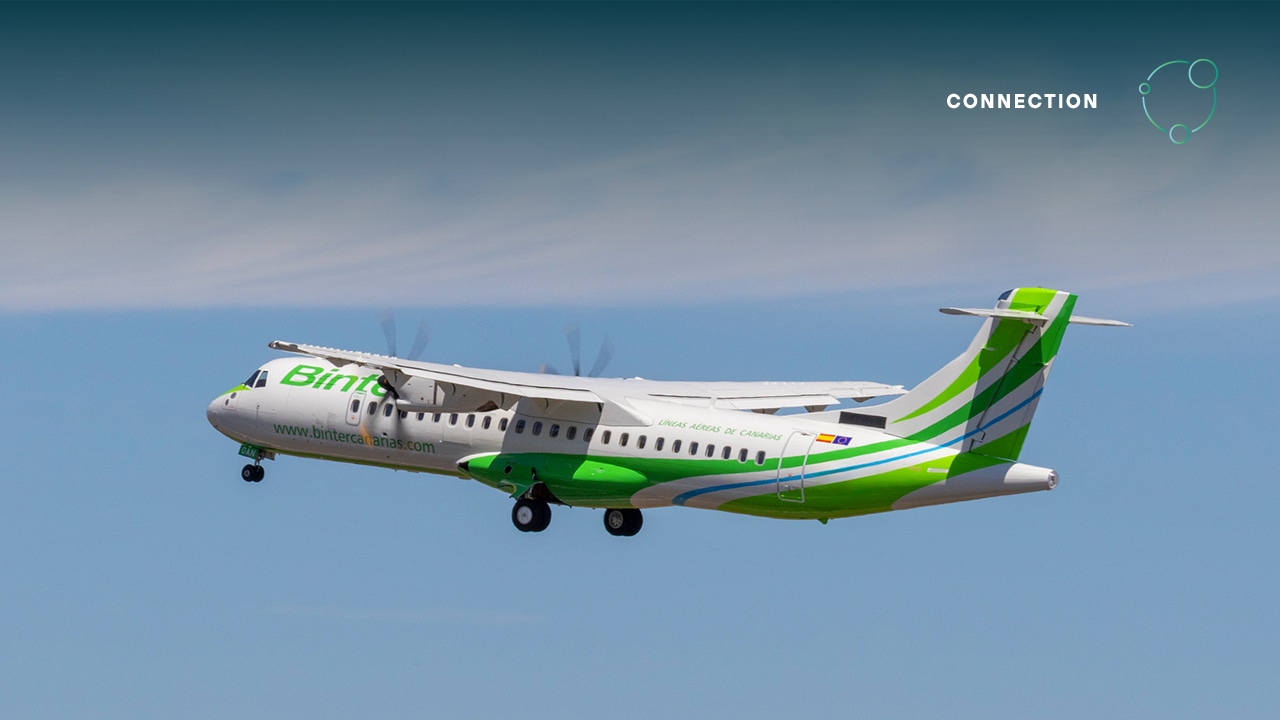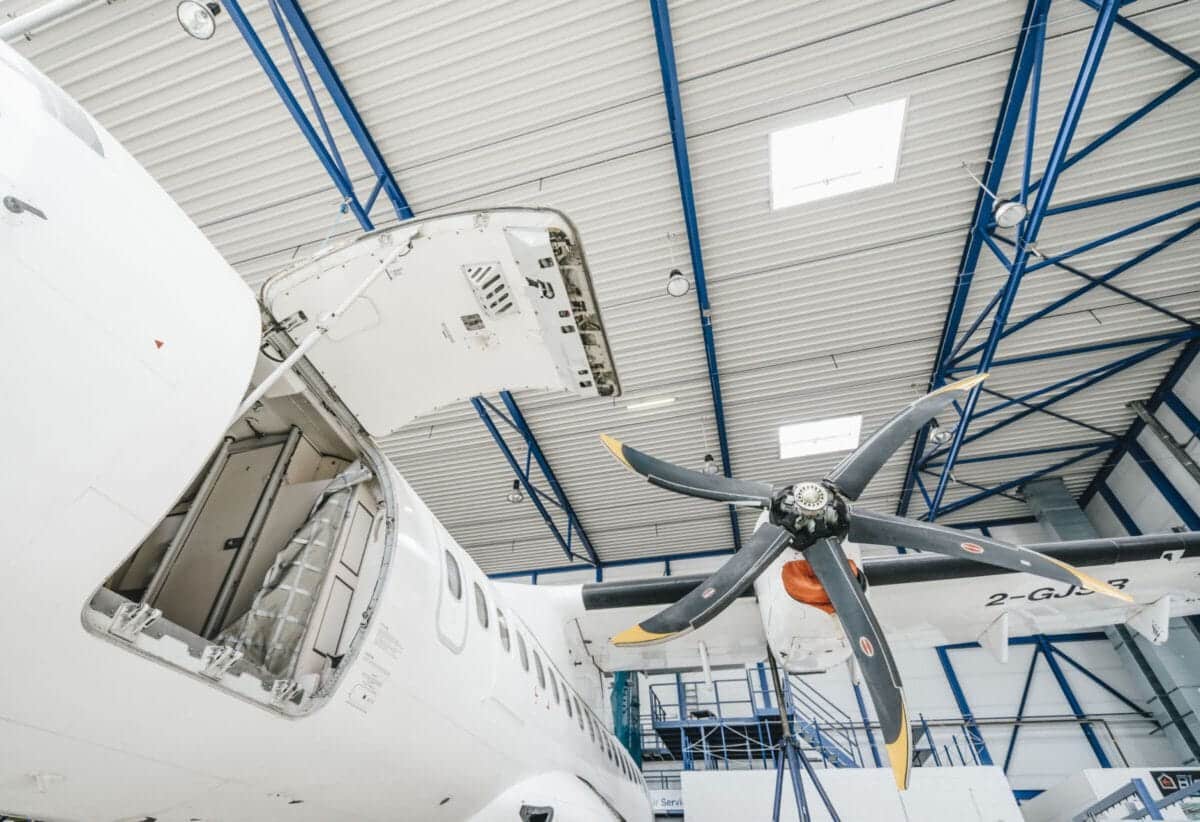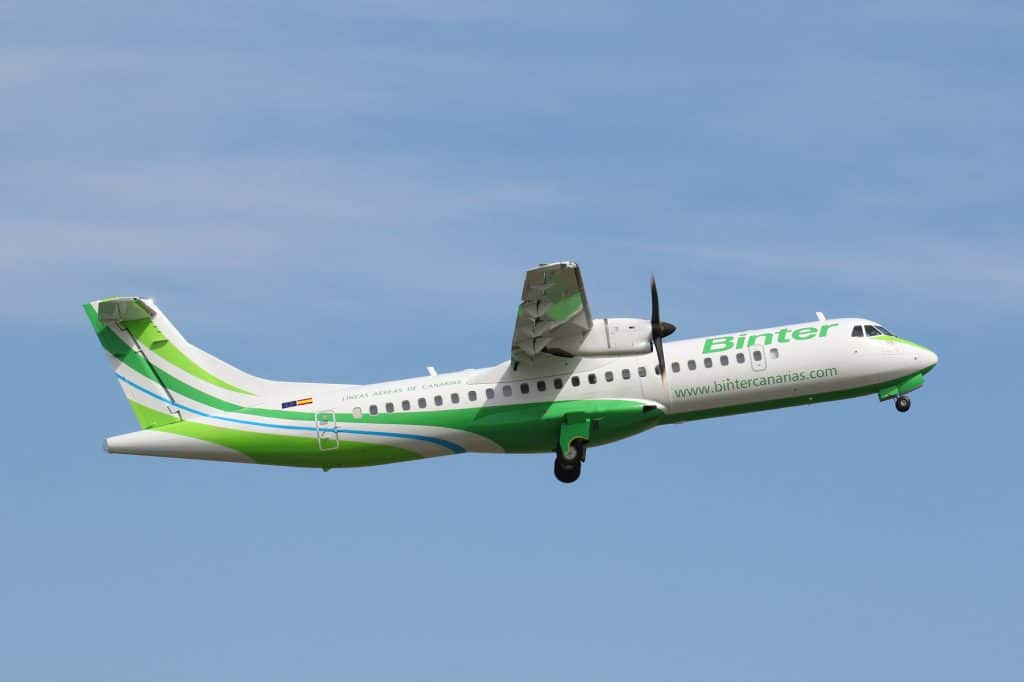There’s a five-year Global Maintenance Agreement between Binter and ATR that gives you manufacturer-backed support for Binter’s 26 ATR 72-600 aircraft, ensuring on- and off-aircraft maintenance flexibility. Under the pay-by-hour PBH arrangement covering 180 part numbers, you secure predictable maintenance costs for your operations, improved reliability and reduced operational risk across short-haul and inter-island routes.
Overview of the Global Maintenance Agreement
By joining the GMA, you gain a five-year framework for Binter’s 26 ATR 72-600 aircraft, signed Oct. 16 through ATAVIS. The deal shifts maintenance toward ATR’s repair-loop model on a pay-by-hour (PBH) basis covering 180 part numbers, giving your finance and operations predictable costs tied to utilization while ATR supplies technical oversight and supplier reach across the Canary Islands and nearby international routes.
Objectives of the Agreement
The agreement is meant to let you stabilize maintenance expenditure, lower spare inventory and shorten turntimes, aligning cash flow with aircraft hours. It targets improved fleet availability on short-haul sectors — inter-island hops, Madeira (≈500 km) and African coastal routes — by leveraging ATR’s expertise to reduce operational risk and deliver measurable reliability gains for your ATR fleet.
Coverage Details
The GMA delivers a comprehensive PBH repair-loop covering 180 part numbers, handling both on- and off-aircraft work and enabling rapid parts exchange via ATR’s supplier network. It’s structured to scale with utilization so you face fewer AOG events, lower spare-holding costs and faster recovery on tight island schedules.

Operationally, ATR will manage inventory pooling, part repairs and technical troubleshooting while ATAVIS coordinates procurement interfaces, shifting repair lead-times off your MRO lines and reducing exposure to supply-chain volatility. Under PBH you pay per flight hour rather than stocking slow-moving spares, freeing capital to support fleet growth or your Embraer E195-E2 operations.
Binter’s Fleet and Operations
You operate a mixed fleet focused on 26 ATR 72-600 turboprops for high-frequency island hops and 16 Embraer E195-E2 jets for trunk and longer sectors, balancing quick turnarounds, salt-air exposures and higher-capacity routes to mainland Spain and the Balearics to maintain network resilience.
Aircraft Types in Service
You rely on the ATR 72-600 for short, high-cycle sectors and the E195-E2 for longer, higher-density flights; The ATR fleet is configured to handle tight inter-island rotations and salt-corrosion environments.
- You operate ATR 72-600 — 26 aircraft optimized for short hops and quick turnarounds.
- You operate Embraer E195-E2 — 16 jets used for mainland and longer international sectors.
- Your ATR fleet endures frequent cycles and salt exposure, impacting maintenance planning.
- Your E195-E2s increase range and capacity for Madrid, Palma and seasonal routes.
| ATR 72-600 | 26 |
| Embraer E195-E2 | 16 |
| Primary role | Short-haul inter-island / medium-haul trunk |
| Typical seating | ATR ≈70 seats · E195-E2 ≈120 seats |
| Maintenance model | Five-year GMA PBH covering 180 part numbers |
Operational Routes
You deploy ATRs across dense Canarian inter-island flows, run regular scheduled links to Madeira (≈500 km) and airports on the African coast, and use E195-E2s for higher-capacity services to mainland Spain and the Balearic Islands to connect tourists and residents efficiently.
You typically schedule multiple daily ATR rotations on core sectors such as Tenerife–Gran Canaria to sustain connectivity, manage quick turnarounds under tight slot windows, and rely on the E195-E2s for peak-season and trunk frequency relief while factoring in range and payload for routes beyond the archipelago.
Benefits of the Agreement
For you, the GMA delivers a mix of financial predictability and operational resilience: the five-year PBH deal covering 180 part numbers for Binter’s 26 ATR 72-600 fleet lets you align maintenance spend with utilization, optimize cash flow and reduce operational risk, while mutualized resources and ATR’s network improve turntimes across Canary Islands and nearby African routes.
Predictable Maintenance Costs
You gain cost visibility through the pay-by-hour (PBH) model, which ties charges directly to flight hours and cycles—vital given Binter’s frequent inter-island hops. Over the five-year term this limits upfront CAPEX, smooths budgeting, and helps you plan for spares and rotations without sudden repair bills.
Access to Technical Expertise
You tap into ATR’s extensive technical expertise and supplier network, getting OEM engineering input, approved repair pathways and best-practice MRO processes that raise reliability and dispatch rates across your island operations.

Beyond advisory support, ATR provides hands-on benefits: integrated fleet health monitoring, component pooling tied to the 180 part numbers, field engineering and training for your technicians via ATAVIS, plus coordinated AOG support across the Canaries and nearby African coasts—measures that shorten ground time and preserve schedule integrity for your 26-aircraft ATR fleet.
Strategic Importance of the Partnership
You’ll see the five-year GMA stabilizes maintenance costs for Binter’s 26 ATR 72-600s through a 180-part-number repair loop on a pay-by-hour basis, improving cash flow and fleet predictability for inter-island and 500 km (311 mi.) routes. At the same time, you should note the single-supplier dependency that concentrates supply-chain and AOG exposure.
Binter’s Commitment to Operational Excellence
Binter’s CTO Javier Bretón positions this deal to tighten your on-time performance across a mixed fleet of 26 ATRs and 16 E195‑E2s, targeting faster turnarounds, stricter KPIs and documented reliability gains on short‑haul island hops, Madeira and coastal Africa; these high technical and operational standards will demand continuous improvement from partners.
ATR’s Support Solutions
ATR provides a scalable mix of on- and off-aircraft maintenance, AOG support, inventory pooling and OEM engineering, so you gain predictable, usage-aligned costs via PBH and access to an extensive supplier network; the GMA’s flexibility suits startups and established operators aiming to de-risk operations and boost availability.
Operational detail: the GMA specifies a repair loop for 180 part numbers, centralized logistics support through ATAVIS, and standardized MRO processes to reduce unplanned removals and speed part turn‑around for you. That approach enables mutualized spares, planned fleet rotations and clearer cost transparency to keep tight island schedules flying reliably.
Future Implications for ATR and Binter
For you tracking airline OEM partnerships, the five-year GMA covering 26 ATR 72-600 aircraft and 180 part numbers on a pay-by-hour (PBH) repair loop signals a move toward predictable maintenance spend, improved cash flow and lower operational risk; you can expect ATR to leverage its supplier network to boost reliability on short inter-island hops and create a replicable model for other regional operators.
Enhancing Operational Efficiency
You’ll see operational gains as PBH and the comprehensive repair loop reduce your need to hold expensive spares locally; ATR’s on- and off-aircraft support plus ATAVIS coordination should shorten turnback times on Canary Islands sectors, increase dispatch reliability on tight island schedules, and let your technicians focus on planned checks rather than chasing AOG parts.
Addressing Industry Challenges
You face persistent supply-chain disruptions, long lead times and skilled-staff shortages, and this GMA gives you access to ATR’s broader supplier base and technical expertise to mitigate parts availability issues and regulatory burden; the arrangement also spreads risk across the ATR operator community, making your maintenance planning more resilient.
More specifically, by covering 180 part numbers under PBH, ATR effectively assumes inventory and repair risk, which reduces your upfront stocking costs and frees capital for network growth or the integration of 16 Embraer E195‑E2s; you gain centralized forecasting, shared spare pools and faster repair loops, all of which lower AOG exposure and stabilize maintenance cash flow.
Customer Support Strategies
To protect your operations across the Canary Islands and beyond, ATR’s GMA mixes contractual predictability with operational agility: the five-year agreement is PBH-based covering 180 part numbers for Binter’s 26 ATR 72-600 aircraft, so you get steady cash-flow planning while lowering exposure to AOG and supply-chain disruptions.
Multi-faceted Approach
By combining on-site technical teams, ATR’s engineering network and remote troubleshooting tools, you shorten turntimes and improve dispatch reliability; for example, ATAVIS coordinates procurement while ATR supplies technical support and access to its supplier network, letting you scale support across short inter-island hops and longer international sectors without large upfront inventory.
Mutual Resource Sharing
Pooling spares and repair capabilities across ATR’s GMA community means you can draw from shared stock rather than carry all parts locally; the PBH repair-loop model aligns cost with usage and lets you rely on ATR’s logistics to keep your ATR 72 fleet flying with reduced inventory burden and faster recovery from component failures.
Operationally, mutualization works through designated exchange pools, regional repair hubs and agreed AOG response protocols: ATAVIS and ATR define which of the 180 catalogued part numbers sit in pooled inventory, which are repair-loop candidates, and which trigger immediate air freight. This setup lets you replace a failed LR blade or avionics unit without financing a full spare set, leverages ATR’s supplier relationships for turnaround, and ties performance to KPIs so you track reduced downtime and stabilized maintenance spend.
Final Words
To wrap up, by joining ATR’s five-year Global Maintenance Agreement for its ATR 72-600 fleet, you see how Binter secures predictable pay-by-hour parts support, access to ATR’s technical expertise and supplier network, and improved operational reliability across the Canary Islands and international routes, helping you manage your costs, reduce operational risk and focus on passenger service.
Frequently Asked Questions about Five-Year Global Maintenance Agreement With ATR
What is the maintenance agreement between Binter and ATR?
Binter and ATR have signed a five-year Global Maintenance Agreement (GMA) to support Binter’s fleet of 26 ATR 72-600 aircraft.
The deal ensures ongoing technical assistance, component repair, and supply-chain support for improved operational reliability.
When was the agreement signed and how long will it last?
The agreement was signed on October 16, 2025, and will last for five years, covering Binter’s operations through 2030.
It reinforces the long-standing relationship between the regional airline and ATR.
Which aircraft are included in this maintenance agreement?
The contract covers 26 ATR 72-600 turboprop aircraft operated by Binter through its technical and logistics division, ATAVIS.
These aircraft form the backbone of Binter’s inter-island and short-haul operations across the Canary Islands.
What services does ATR provide under the agreement?
ATR will deliver a comprehensive “repair loop” service under a pay-by-hour (PBH) program, which includes spare parts management,
technical support, and logistics coordination. Over 180 critical components are covered within the contract.
What are the benefits for Binter from signing this deal?
The agreement offers predictable maintenance costs, improved aircraft availability, and reduced operational risk.
Binter also gains access to ATR’s global maintenance network and technical expertise, enhancing long-term fleet reliability.
How does this agreement support ATR’s global maintenance strategy?
ATR’s GMA program aims to provide flexible, long-term maintenance solutions to regional airlines worldwide.
With this agreement, ATR strengthens its network of over 400 aircraft supported globally through similar maintenance partnerships.
Can other airlines benefit from ATR’s GMA model?
Yes. ATR’s GMA model is scalable for operators of all sizes, helping start-ups and established regional airlines
reduce capital costs while ensuring consistent operational performance and predictable maintenance budgeting.

